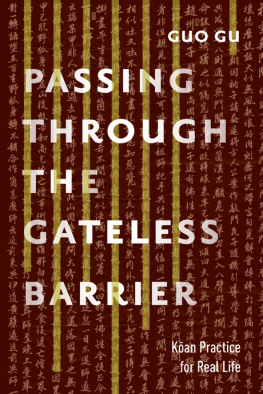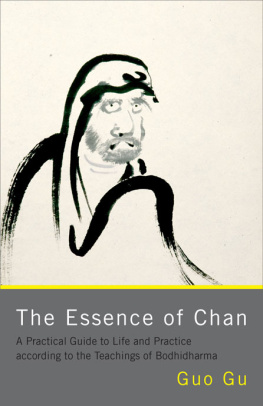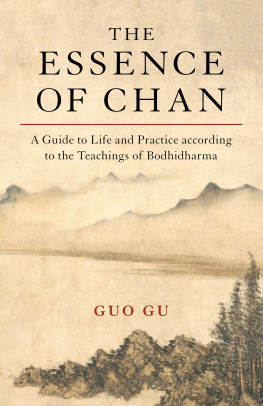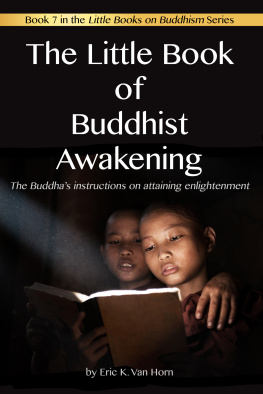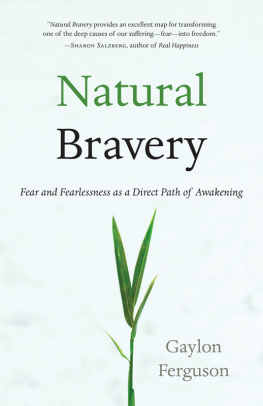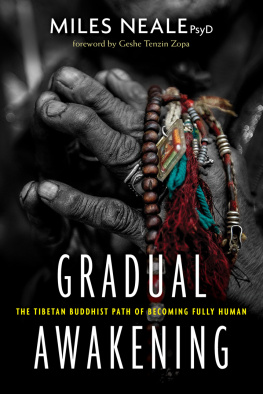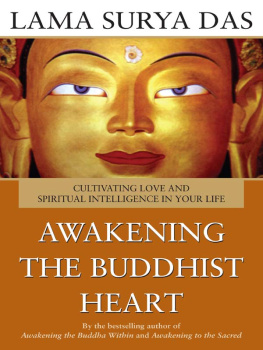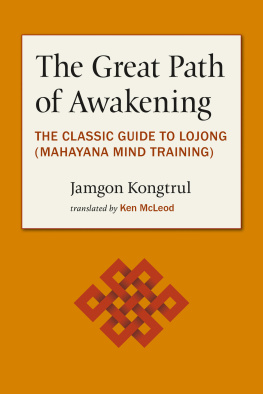Guo Gu - Silent Illumination: A Chan Buddhist Path to Natural Awakening
Here you can read online Guo Gu - Silent Illumination: A Chan Buddhist Path to Natural Awakening full text of the book (entire story) in english for free. Download pdf and epub, get meaning, cover and reviews about this ebook. year: 2021, publisher: Shambhala, genre: Religion. Description of the work, (preface) as well as reviews are available. Best literature library LitArk.com created for fans of good reading and offers a wide selection of genres:
Romance novel
Science fiction
Adventure
Detective
Science
History
Home and family
Prose
Art
Politics
Computer
Non-fiction
Religion
Business
Children
Humor
Choose a favorite category and find really read worthwhile books. Enjoy immersion in the world of imagination, feel the emotions of the characters or learn something new for yourself, make an fascinating discovery.
Silent Illumination: A Chan Buddhist Path to Natural Awakening: summary, description and annotation
We offer to read an annotation, description, summary or preface (depends on what the author of the book "Silent Illumination: A Chan Buddhist Path to Natural Awakening" wrote himself). If you haven't found the necessary information about the book — write in the comments, we will try to find it.
Guo Gu: author's other books
Who wrote Silent Illumination: A Chan Buddhist Path to Natural Awakening? Find out the surname, the name of the author of the book and a list of all author's works by series.
Silent Illumination: A Chan Buddhist Path to Natural Awakening — read online for free the complete book (whole text) full work
Below is the text of the book, divided by pages. System saving the place of the last page read, allows you to conveniently read the book "Silent Illumination: A Chan Buddhist Path to Natural Awakening" online for free, without having to search again every time where you left off. Put a bookmark, and you can go to the page where you finished reading at any time.
Font size:
Interval:
Bookmark:
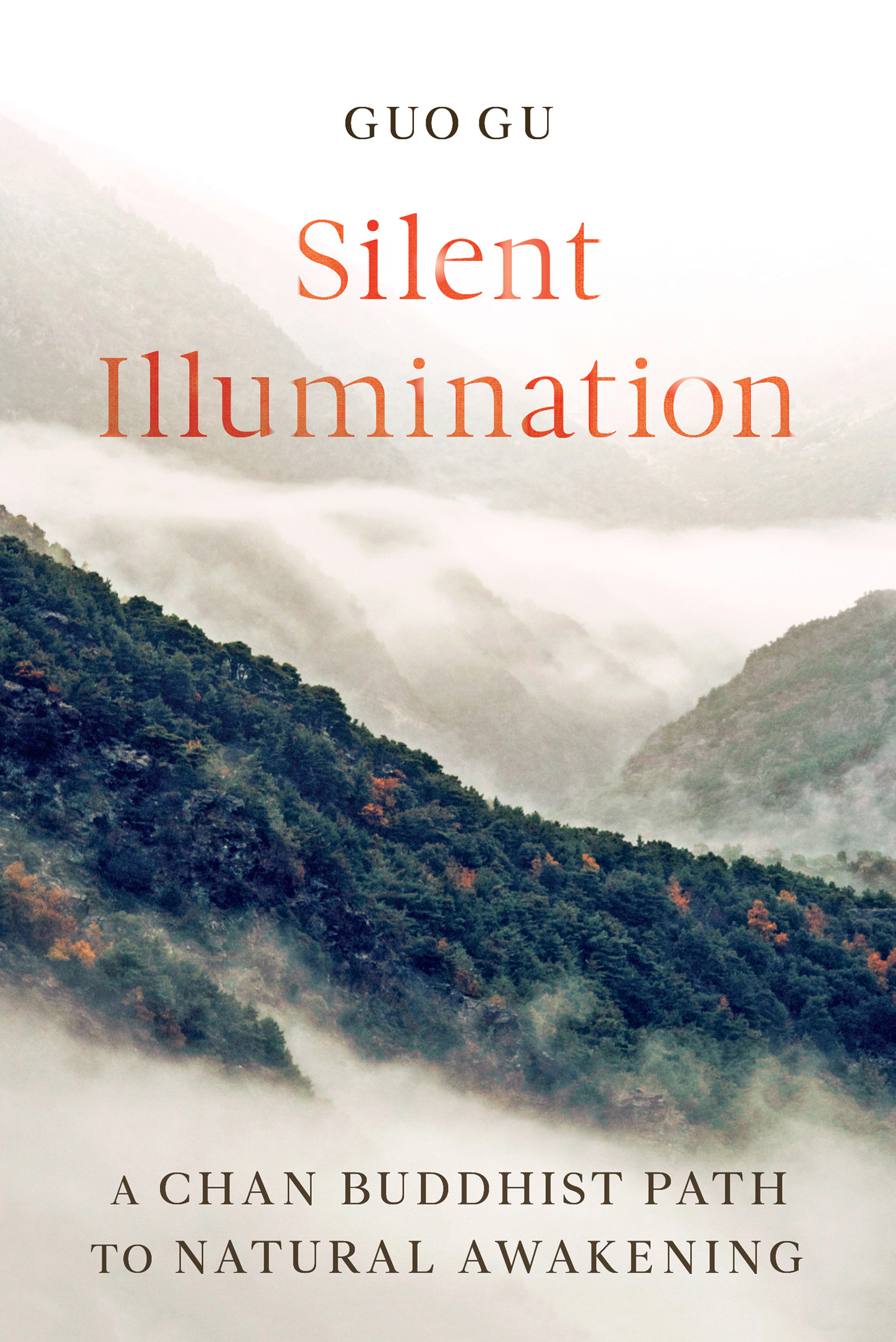

Shambhala Publications, Inc.
4720 Walnut Street
Boulder, Colorado 80301
www.shambhala.com
2021 by Guo Gu (Jimmy Yu)
Cover art: Blue Collectors (Stocksy)
Cover design: Daniel Urban-Brown
Interior design: Gopa & Ted2, Inc.
All rights reserved. No part of this book may be reproduced in any form or by any means, electronic or mechanical, including photocopying, recording, or by any information storage and retrieval system, without permission in writing from the publisher.
For more information please visit www.shambhala.com.
Shambhala Publications is distributed worldwide by Penguin Random House, Inc., and its subsidiaries.
L IBRARY OF C ONGRESS C ATALOGING - IN -P UBLICATION D ATA
Names: Yu, Jimmy, 1968 author. | Zhengjue, 10911157. Works. Selections. English.
Title: Silent illumination: a chan Buddhist path to natural awakening / Guo Gu.
Description: First edition. | Boulder, Colorado: Shambhala, 2021. | Includes bibliographical references and index.
Identifiers: LCCN 2020013805 | ISBN 9781611808728 (trade paperback)
eISBN 9780834843493
Subjects: LCSH : Enlightenment (Zen Buddhism)Early works to 1800. | MeditationZen BuddhismEarly works to 1800. | Zhengjue, 10911157.
Classification: LCC BQ 9288.Y8 2021 | DDC 294.3/4435dc23
LC record available at https://lccn.loc.gov/2020013805
a_prh_5.6.1_c0_r0


T HE EVER - EXPANDING number of books in English on Buddhism and mindfulness are shaping the way we talk about meditation. This phenomenon is a real testament to the ways in which people everywhere are increasingly recognizing the benefits of meditation. However, the majority of these publications reveal more about Western ideas about spiritual well-being than the core teachings of buddhadharma: genuine awakening and liberation from suffering.
Chan Buddhism clarifies what awakening is and shows how to transform everyday experiences into the path. Distilled from centuries of development, Chan is the culmination and fulfillment of the Buddhas original message. However, the essence of Chan is largely absent from existing publications on Buddhism in the West, and this is especially true of the teaching on silent illumination.
The term chan comes from the Sanskrit word for meditationdhyanabut in our tradition, the same word has evolved to include the realization of awakening to our true nature: our buddha-nature. The teaching on silent illumination, or mozhao, as it is called in Chinese, is both a metaphor for this awakened nature and the principle behind meditation practice.
The central tenet of Chan is that we are already free. It is only through our self-referential grasping and rejecting that our natural awakened nature is concealed. To practice Chan is to engage with the complexity of daily life in order to expose the places where we are stuck and, by working through and letting go of them, reveal this true nature.
Some years ago, my teacher, the late master Sheng Yen (19312009), published an introductory book devoted to silent illumination, The Method of No Method, based on his commentary to Master Hongzhi Zhengjues (10911157) teachings. I translated several excerpts from Hongzhis discourse records, helped to edit the book, and prepared it for publication. The present volume is an in-depth teaching on silent illumination and contains my own revised translations and commentary on Hongzhis text.
The aims of this book are, first, to establish silent illumination squarely within the Mahayana Buddhist traditions. Second, to offer detailed instructions for establishing a foundation for realizing silent illumination. Third, to offer quality translations of Hongzhis poetic writings on silent illumination. My comments on Hongzhis writing aim to clarify any confusion practitioners might have about silent illumination, its breadth, depth, and perfection in seated meditation and in daily life.
The book is divided into three sections. Part One spells out the significance of silent illumination, the cultivation of correct attitudes, and the methods of practice. Part Two includes my commentaries on three specific teachings by Hongzhi, detailing pre- and post-awakening practices. Part Three includes running translations of twenty-five excerpts from Hongzhis collected writings.
This book is the result of many peoples efforts. Special thanks to Julie Myosen Sprott, who transcribed all the talks diligently, and Sandra Fiegehen, who carefully organized the transcripts and gave the first pass at editing the transcripts. She made many editorial suggestions. I would also like to thank Liz Shaw and John Golebiewski at Shambhala as well as the developmental editor, Vanessa Zuisei Goddard. They made this book a reality. Finally, my gratitude to Chan Master Hongzhi, whose silent illumination teaching exemplifies the perfection of the Chan Buddhist path to natural awakening.
I dedicate this book to my teacher, Master Sheng Yen. And to all of you who are holding this book in your hands, may it be your close companion on the path of awakening. May you live freely and share with all beings the wisdom and compassion of silent illumination.
Guo Gu
February 2020

T HERE IS a wonderful Buddhist parable of a group of blind men who are trying to fathom the nature of an elephant. Each of the men touches a different part of the elephant and then makes a pronouncement about his conclusion. The first man touches its tusk and says that an elephant is like a long, hard white radish. The next man touches its ear and concludes that an elephant is like a winnowing basket. The man who touches its head says that it is like a boulder; the one who touches its trunk says it is like a pillar; the one who touches its belly says that it is like a large urn; the one who touches its tail says that an elephant is like a rope, and so on. Each of the men has his own idea of what an elephant is based on his limited experience.
This parable is from the Mahaparinirvana-sutra, and the elephant here is an analogy for buddha-nature, the original and natural awakening within all of us. However, because of our blindness and limited perspective, we only understand and manifest that awakening partially and imperfectly. Thus, we need to find ways, principles, and methods of practice to reveal our true nature.
Buddha-nature, our natural awakened nature, is really another word for silent illumination (mozhao). Yet, many misunderstand it as an exclusive meditation method of certain sects within the Chan tradition and say that it was advocated only by Chan master Hongzhi Zhengjue (10911157). But silent illumination cannot be claimed by any one tradition within Mahayana Buddhism, and it is not a fixed meditation method. Hongzhi, a child prodigy who at age five had already memorized the four classic books of Confucianism (
Font size:
Interval:
Bookmark:
Similar books «Silent Illumination: A Chan Buddhist Path to Natural Awakening»
Look at similar books to Silent Illumination: A Chan Buddhist Path to Natural Awakening. We have selected literature similar in name and meaning in the hope of providing readers with more options to find new, interesting, not yet read works.
Discussion, reviews of the book Silent Illumination: A Chan Buddhist Path to Natural Awakening and just readers' own opinions. Leave your comments, write what you think about the work, its meaning or the main characters. Specify what exactly you liked and what you didn't like, and why you think so.


